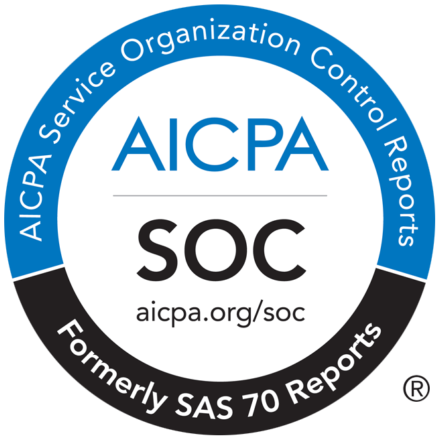Plagiarism is the practice of using someone else’s work or ideas and passing it off as their own. It is not only limited to the illegal copying of writing. Stealing of any artwork, including music, photographs, choreographies, and ideas, comes under this term.
Plagiarism is a form of theft, and it is harmful to both the artist and the person who is copying the work. The purpose of any artwork is to convey the writer or the artist’s thoughts and ideas to the readers and viewers.
Having a copied content in writing takes away the writer’s credibility, and the work fails to reach the readers. It’s the reason the writers must stay away from plagiarism. The content creators and students can use a paid or a free online plagiarism checker to avoid plagiarism.
Self-Plagiarism Definition
There are different types of plagiarism, and it can be both intentional and unintentional. Self-plagiarism also comes under the umbrella term plagiarism. It is said that the author is a superior being who has all the right on the work and can permit any further adaptation or works on it.
The original authors themselves can modify the work. But this recycling of the work can be problematic, and this can lead to plagiarism. Self-plagiarism denotes the practice of recycling or reusing someone’s work or parts of it and passing it off as new.
It can be a previously published book, text, or already submitted project. Though the owner is using the text, it can cause issues with the publisher. Therefore if a writer decides to stay away from self-plagiarism, they must use an online plagiarism checker application.
The term “recycle” must be used to define self-plagiarism, as any work that is also published can come under this condition.
Consequences of Self-Plagiarism: Why Is Plagiarism Important?
It may happen that the writers or researchers are working on a similar subject as their previous one. They may feel to use parts of their previous work without quoting it or citing the source. It can be an instance of plagiarism.
Their work can be flagged as copied content as well. Though the copyright act secures the original author’s right to their work, the publisher may have problems with it. The reuse of the work entirely can harm the publisher.
Though the author is the work’s intellectual owner, the published manuscript may be the publisher’s property. Based on the publisher’s copyright, if the writers republish their work without the publisher’s permission, they end up getting into an act of copyright infringement.
Thus, if the writer uses their work as a reference, they must put the lines within quotation marks, and they also need to cite the source.
Sometimes the students may get into trouble from not citing their works properly. If a student is working on a similar project, they can use it in their new work, but they must cite it. If they fail to cite the work submitted to another professor for another project, their latest project may be considered self-plagiarised.
The students also need the permission of their professors before using it. The educational institutions take plagiarism seriously as they consider being a threat to their academic integrity. The institution can give the student a failing grade for academic dishonesty.
It may adversely affect the student’s career. The students need to make sure that they are using quotations for the reused work and citing the source properly to avoid this unintentional plagiarism.
How to Avoid Self-Plagiarism?
If the students want to support their arguments or substantiate their statements, they can choose some particular parts, based on their requirements. If they feel they can use specific segments of their previous writeup, however, they must not copy and paste the whole article without any citation and quotation.
They must add the reference list, and not forget to mention the name of the work in the citation. Like other sorts of plagiarism, quotation marks and proper citation are the only defense against an act of plagiarism.
If the writers want to modify parts of their writing and republish it, they must take the publishers’ permission. It is always better for the students not to copy the whole project for different semesters and curriculum. If they consider it as necessary, they must take the permission of the concerned teachers.
The writers and the students can use a plagiarism detector tool to avoid plagiarism. The self-plagiarism checker identifies the copied content present in the work so that the writers can do the citation. The writers must run a grammar check to remove all grammatically erroneous content for better and accurate.
How Does A Plagiarism Checker Work?
The writers can use plagiarism scanner tool to stay away from all self-plagiarism. For published work, the writers can easily use a Plagiarism checker to detect the copied content. The plagiarism checker tool supports several formats. The students and writer can easily upload the text and scan the content to check any copied or plagiarized content.
The self-plagiarism checker tools compare the uploaded text to other published and pre-existing texts to find similarities. In case the students or writers have paraphrased the particular part, the plagiarism checker tool can identify it.
The students must do the citation if they are paraphrasing parts from their previous works. The tool finds out the percentage plagiarism and also highlights the copied part present in the text. The writers can do away with the parts by using quotation marks and citations.
The students or writers can also check their works by comparing it to another by keeping it side by side. The self-plagiarism checker identifies similar phrases or parts so that the writers can take the necessary steps to avoid plagiarism.
While checking plagiarism or duplicate content, it’s always wise to use the best checker, backed by sophisticated technology. Copyleaks is one such checker using the latest technologies such as Artificial Intelligence and Machine Learning, thus, providing the users with almost accurate results in practically no time.

